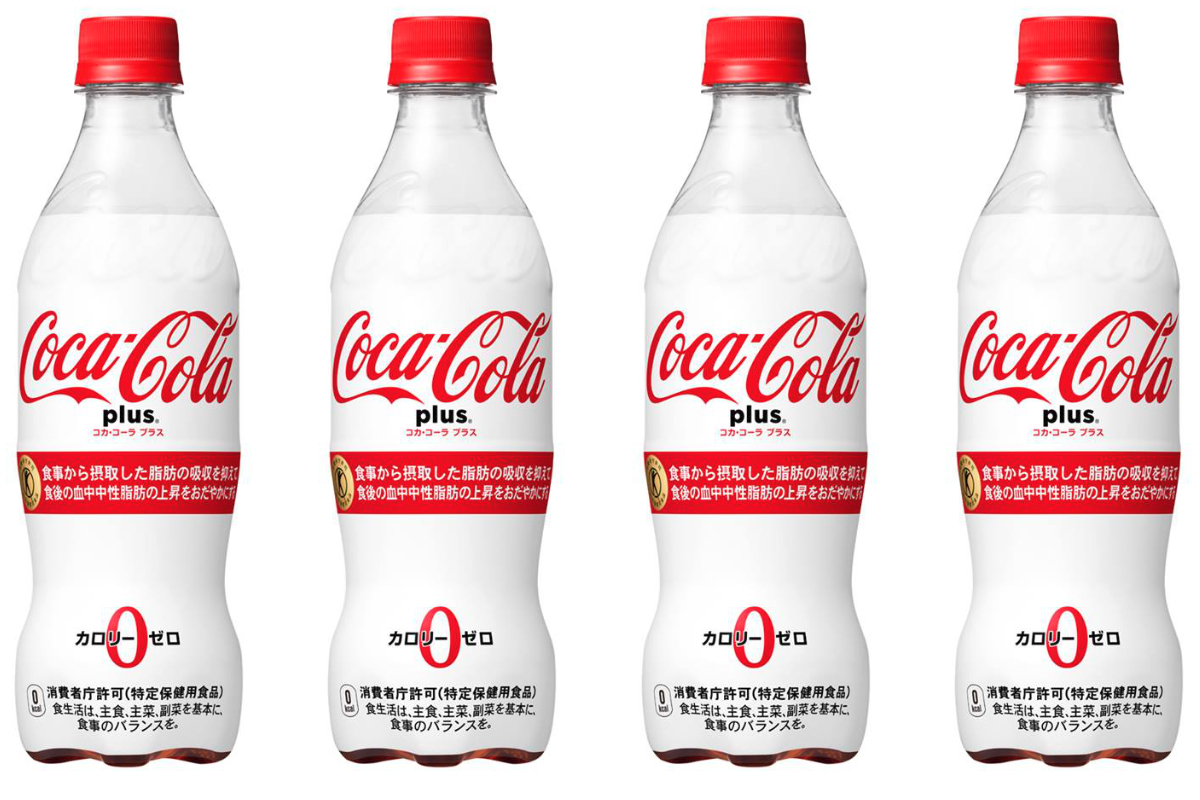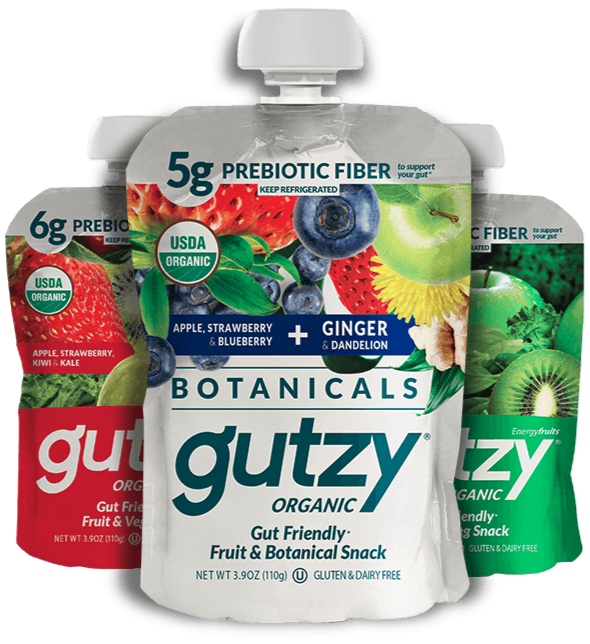CHICAGO — There is a lot of ambiguity in the term “fiber” despite recent regulations by the U.S. Food and Drug Administration. That is because not all fibers provide the same functions.
This confusion is not unique to fiber. The same may be said of proteins, probiotics and a host of other ingredients often declared generically on product labels in order to reap the benefits of the healthful halo associated with specific forms and varieties.
The types of fiber ingredients available to beverage formulators continue to grow as scientists learn more about their functions and how they behave in the body. Currently, the F.D.A. only recognizes two types. Soluble fiber, which dissolves in water to form a thick gel-like substance in the stomach, is broken down by bacteria in the large intestine and provides some calories. Insoluble fiber, on the other hand, does not dissolve in water. It passes through the gastrointestinal tract relatively intact and typically contributes no calories.
Information about the amount of dietary fiber per serving appears in the Nutrition Facts Label, unless the product contains less than one gram of fiber and no fiber claims are made. Products containing at least 2.5 grams of fiber per serving, which is 10% of the Daily Value, can claim they are a “good source of fiber.” Those containing 5 grams or more of fiber per serving — at least 20% of the Daily Value — can make a high-fiber claim. Marketers may voluntarily list the amount of each type (soluble and insoluble) in grams per serving as line items under dietary fiber. They are required to list the types if any statement is made on the package labeling about their health effects or a content claim is made.
A growing number of marketers are further differentiating fiber ingredients by including the descriptor “prebiotic.” While the F.D.A. does not define prebiotic, a review of the science of prebiotics was presented in a consensus statement developed by the International Scientific Association for Probiotics and Prebiotics (I.S.A.P.P.) in 2017 and in a meta-analysis published in the American Journal of Clinical Nutrition in June 2018.
Upon reviewing the latest evidence, the experts stated that a prebiotic is “a substrate that is selectively utilized by host microorganisms conferring a health benefit.” This definition expands the concept of prebiotics to possibly include non-carbohydrate substances, applications to body sites other than the gastrointestinal tract and diverse categories other than food. Beneficial health effects must be documented for a substance to be considered a prebiotic.
According to this definition and the published clinical research, the only dietary fibers that may be called “scientifically proven prebiotics” are galacto-oligosaccharides (G.O.S.) and fructans, such as chicory root fiber, inulin and oligofructose. But again, this term is not regulated by the F.D.A. It is guidance by I.S.A.P.P.

It’s all good for you
Soluble, insoluble or prebiotic, the good news is all fiber is good for the body, and many consumers simply are seeking products to help them increase intake. This includes a growing array of beverages, from flavored water to carbonated soft drinks to meal replacements.
Most Americans do not get the recommended amount of dietary fiber, which is considered a “nutrient of public health concern” because low intakes are associated with potential health risks. Diets higher in dietary fiber promote intestinal regularity and may reduce the risk of developing cardiovascular disease.
Some fiber ingredients are associated with specific health benefits and even allow for structure-function claims when human clinical trials prove the effect, said Kyle Krause, product manager-functional fiber and carbohydrates, Beneo, Parsippany, N.J.
“Prebiotics have been used for many years for nutritional and technical benefits, flying under the radar of probiotics,” he said. “Now, in many brand owners’ eyes, prebiotic fibers are the next wave of digestive health ingredients. Marketers can use package labeling to educate consumers about the fiber ingredients in a beverage. It’s up to marketers to get the messaging correct with help from suppliers who support that messaging with quality science. More than 30 human intervention studies show our chicory root fiber ingredients increase bifidobacteria in the gut, which in turn, exert corresponding health benefits. That’s a proven prebiotic.”
 There is a growing movement among marketers to identify fiber type and share clinical research. Some product claims and positions are bolder than others.
There is a growing movement among marketers to identify fiber type and share clinical research. Some product claims and positions are bolder than others.
Coca-Cola Fiber Plus, for example, a beverage unique to the highly competitive Japanese marketplace since March 2017, is approved as a “Food of Specified Health Use” (F.O.S.H.U.) by the Japanese government. Drinking one Coca-Cola Fiber Plus per day with food will help suppress fat absorption and help moderate the levels of triglycerides in the blood after eating, said David Machiels, product development director at Coca-Cola Asia Pacific.
The no-calorie beverage contains five grams of indigestible dextrin — a source of dietary fiber — per 470-ml bottle. It is targeted to health- and taste-conscious consumers that are 40 years and older and is intended to be consumed with a meal.
Sales have exceeded expectations. The company attributes this success to the beverage meeting an unmet consumer need in the functional beverage business.
For a more general health approach, there’s new Hellowater. Each bottle delivers five grams of fiber from inulin.
“There are three things common to a healthful diet,” said Rusty Jones, co-founder and executive vice-president of sales, Hello Beverages L.L.C., Chicago. “That is to drink more water, consume more fiber and reduce sugar. That was the inspiration for Hellowater, a line of bottled waters with fiber, zero sugar and, you guessed it, water.”
Gut health is what Gutzy is about. The New York City-based marketer of the perishable pouch product adds organic acacia fiber to its squeezable plant-based snacks. The fruit and vegetable blends, as well as the fruit and oats blend, provide six grams of fiber per 3.9-oz pouch, while the fruit and botanical pouches contain five grams of fiber. Packaging describes the fiber as being prebiotic and gut friendly.
 It should be noted that gums are still under F.D.A. consideration for meeting the definition of fiber. Suppliers of acacia gum, also known as gum Arabic, have provided clinical data to the F.D.A. showing the isolated fiber exerts physiological effects that are beneficial to human health.
It should be noted that gums are still under F.D.A. consideration for meeting the definition of fiber. Suppliers of acacia gum, also known as gum Arabic, have provided clinical data to the F.D.A. showing the isolated fiber exerts physiological effects that are beneficial to human health.
Danone North America, White Plains, N.Y., emphasizes gut health on its Activia Probiotic Dailies & Prebiotic Fiber drinks. The shot-style beverages contain billions of live and active probiotics, prebiotic fiber in the form of chicory root fiber and ginger, all ingredients known to support gut health.
The company also is launching a drinkable yogurt line for tweens and teenagers. Described as a good source of protein and fiber, Wild Danimals come in berry and mango flavors and are sold in four-packs of 7-oz bottles. The fiber source is carob bean gum, also known as locust bean gum.




